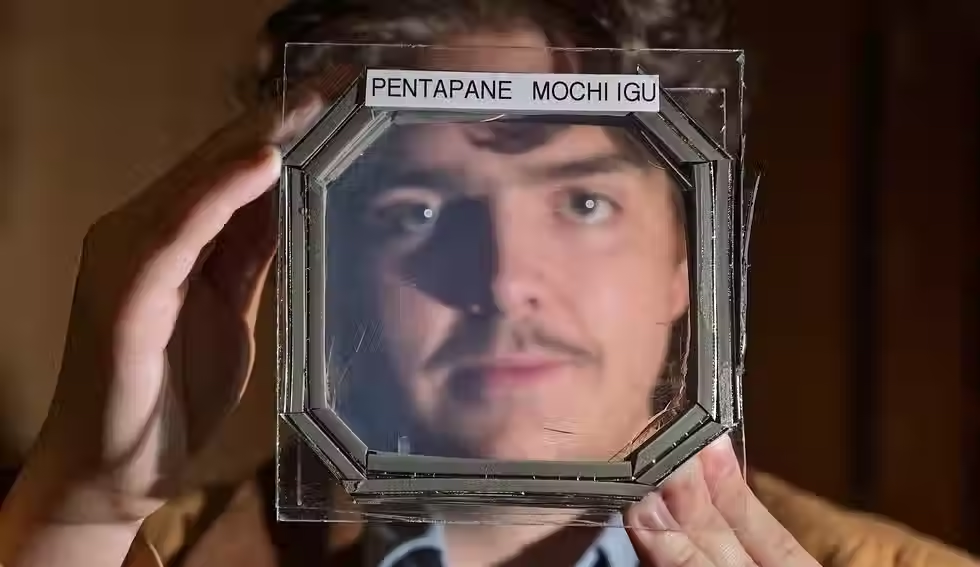Wavelength-independent and photoinitiator-free laser 3D nanolithography
- Mateo Cardinal
- Sep 2, 2024
- 2 min read

Laser direct writing (LDW) employing multi-photon 3D polymerisation is a scientific and industrial lithography tool used in various fields such as micro-optics, medicine, metamaterials, programmable materials, etc., due to the fusion of high-throughput and fine features down to hundreds of nm. Some limitations of technology applicability emerge from photo-resin properties as any material modifications can strongly affect its printability due to applied photoexcitation conditions.
In a paper published at Light: Advanced Manufacturing, a team of scientists, led by Professor Mangirdas Malinauskas from Laser Research Center at Vilnius University, Vilnius, Lithuania, coworkers Dr. Maria Farsari (Institute of Electronic Structure and Laser, Foundation for Research and Technology-Hellas, Heraklion, Greece) and Prof. Saulius Juodkazis (Optical Sciences Centre and ARC Training Centre in Surface Engineering for Advanced Materials (SEAM), School of Science, Swinburne University of Technology, Melbourne, Australia) present wavelength-independent 3D polymerisation using low peak power laser oscillators. Previously this was validated only using amplified laser sources which raises the equipment price significantly.
High pulse repetition rate oscillators were employed for rapid LDW to advance additive manufacturing of non-photosensitized materials. Namely, the widespread SZ2080TM photoresist and its derivatives varying organic-inorganic substance ratio was optically 3D printed without use of any photo-initiator. Wavelengths of 517 nm, 780 nm, and 1035 nm are shown to be suitable for producing 300 nm polymerized features even at high – up to 105 μm/s – linear writing speeds. This matches with the commonly used manufacturing parameters. It was found that variation of organic-inorganic ratio in hybrid material results in shift and decrease of the dynamic fabrication window, yet essentially not prohibiting the photo-structuring. Controlled energy deposition per focal volume was achieved due to localized heating enabling efficient 3D printing. Such spatio-selective photo-chemical cross-linking widens optical manufacturing capacity of non-photo-sensitive materials – meaning all cross-linkable polymers, not only light-sensitive photo-polymers.
“We demonstrate that ultrafast laser oscillator of any common wavelength can: 1) induce localized photo-crosslinking enabling true 3D printing; 2) it can be achieved even without the usage of photoinitiator. This was experimentally validated using different commercial non-amplified femtosecond laser sources. This in turn triggers further research to apply X-photon approach towards studying other materials. But its already a breakthrough in laser 3D additive manufacturing enabling use of various lasers and non-photosensitized polymer materials. Importantly, it opens opportunity to produce highly-transparent micro-optics, low-toxicity biomedical scaffolds, and combine green chemistry with green photonics for sustainable additive manufacturing.”
“Since the switching to X-photon excitation mechanism from two-photon absorption does not require significantly higher laser powers (sub-1 nJ pulses are sufficient) or decrease of fabrication throughput (10 mm/s writing velocity was routinely achieved), it is expected to be immediately uptaken by many laboratories worldwide and introduced in industry.” scientists added. Reference X-photon 3D lithography by fs-oscillators: wavelength-independent and photoinitiator-free
Dimitra Ladika, Antanas Butkus, Vasileia Melissinaki, Edvinas Skliutas, Elmina Kabouraki, Saulius Juodkazis, Maria Farsari, and Mangirdas Malinauskas




























The best part about using a Delhi Areas Escorts Service is the sheer variety and flexibility they offer. From dinner dates to adventurous nights, these escorts bring charm, wit, and energy to your company. Discretion is promised and delivered, and every arrangement feels secure and private. For anyone bored with the usual social scene, Delhi Areas Escorts Service is a fantastic way to meet engaging company and transform your evening into something unforgettable!
Escorts Service Alipur || Escorts Service in Amar Colony || Ambedkar Nagar Escorts || Escorts in Ambrohi || Anand Nagar Escorts Service ||